Hip Replacement Surgery - Your Recovery
- Home
- Services
- Orthopaedics
- Knowledge Hub
- Hip Replacement Surgery – Your Recovery
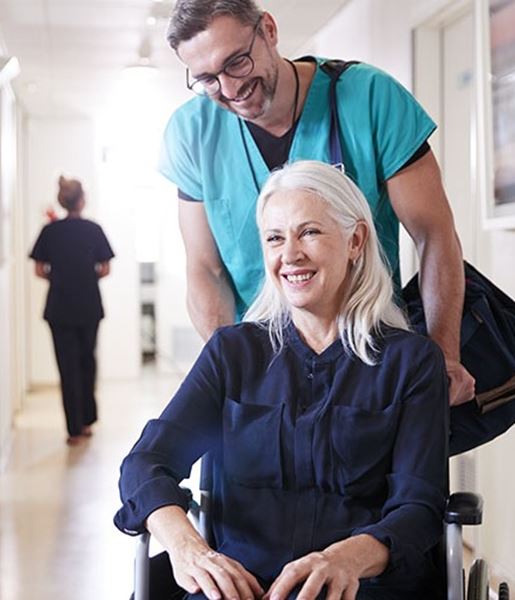
Hip replacement recovery will look different for every patient, and much of it will depend on your age, health and wellbeing coming into the operation.
Playing an active role in your own recovery, following the home treatment plan as set out by your doctor and taking suitable precautions are all crucial elements for a successful pathway back to full mobility and health.
Rehabilitation is a vital part of this process. It helps you to regain confidence and independence, as well as helping you to avoid injuries in the future. Our rehabilitation team includes physicians, physiotherapists and occupational therapists who will guide you each step of the way as you regain your strength.
Please ask about any inpatient or outpatient, individual and group rehabilitation sessions that you can access through your hospital.
Home preparation after hip surgery
Before you head off to hospital for your surgery, make sure your home is well arranged for when you return. This will help to prevent falls and possible injury to your new hip joint and aid your smooth recovery.
- Set up a bedroom downstairs for the first dew days with easy access to the bathroom.
- Remove any trip hazards such as wires or rugs and rearrange furniture to allow you more space to move around- you will likely have crutches to help you walk after the surgery.
- Ensure you have comfortable seating to rest in that is not too low, such as an armchair. The chair should be tall enough that your hips are level with, or higher than your knees. Remember to use the armrests to manoeuvre yourself in and out of the seat.
- Consider whether you may benefit from some bathroom equipment such as a shower seat, over-toilet aid and a non-slip bathmat to protect your hip. The occupational therapist will also discuss these aids with you while you are in hospital.
- Keep your home well-lit, especially at night when you may need to get up for the bathroom.
- Ensure that your most needed items are well within reach and at a safe height between your shoulder and waist. This helps keep your hip movements in a safe zone.
- Arrange to have some help with daily chores such as meal preparation, laundry and shopping for the first few weeks.

Caring for your new hip
You can expect to feel some pain after surgery, but this is completely normal and should significantly reduce within six weeks. The swelling may take up to three months to fully go away and can be managed through regular ice packs and leg elevation, after walking or exercise. The ice packs can be applied three times daily for 20 minutes each- remember to place a cloth between the ice-pack and your skin.
Keep your wound clean and dry until your doctor advises otherwise. Contact your doctor if you notice any new redness, swelling, stiffness or fever, as this could be a sign of infection.
Rehabilitation exercises
Before surgery
Your doctor may have recommended that you complete some daily exercises prior to surgery. Studies have shown that strengthening your muscles before your hip replacement surgery can help you to recover more quickly. These may include leg lifts, mini bridges and half squats.
After surgery
Exercise programmes begin very soon after you wake from your operation and can be done from home or at your local private hospital. This aspect of your recovery is critical to the success of your hip replacement surgery, as well as helping to prevent complications such as a chest infection or a blood clot. Prescribed strengthening and mobility exercises are to be completed several times daily, alongside a gradual increase in your comfortable walking distance. These play an essential role in the success of your surgery.
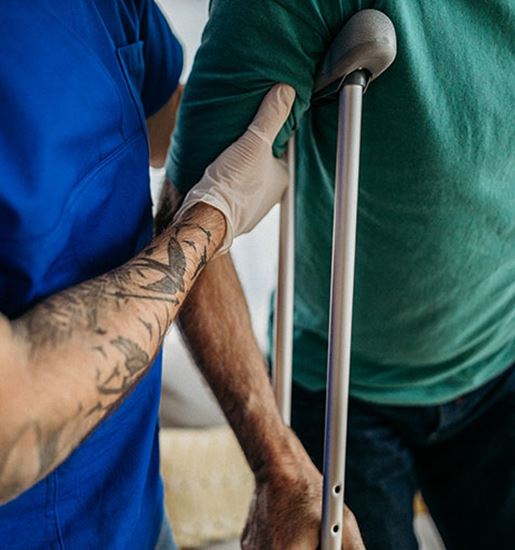
Average recovery timeline
Weeks 1-5
• If you can safely return home, you will likely be discharged from hospital within a few days.
• A physiotherapist will gradually progress your exercise program to strengthen your hip and improve your balance.
• Your hip joint should feel increasingly less painful, and you may be able to walk without a gait aid/assistance.
By Week 6
• As your hip mobility improves, you should be able to perform light activities such as meal preparation and daily tasks, as well as walking for up to 30 minutes daily.
• You should be able to care for yourself independently and get up and down stairs with your new hip.
• Continue to use your walking aid until you can walk without a limp.
• You may be able to return to work on the advice of your treating doctor.
Weeks 6-12
• The swelling around the hip joint should have settled down significantly.
• You should be able to return to the gym using a stationary bike and light leg weights.
• Talk to your doctor about returning to driving, following the appropriate advice on getting safely in and out of the car without twisting your hips.
Beyond 3 months
• Talk to your doctor about returning to sports.
• A full recovery from hip replacement surgery can take up to a year.
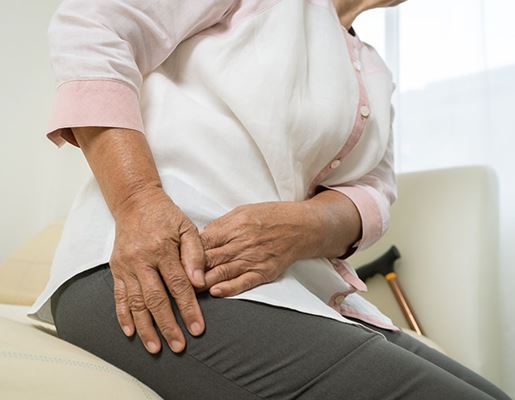
Hip precautions – what to avoid
Returning to everyday activities takes time and patience. Your doctor may suggest avoiding certain positions for the first six weeks to protect your hip from dislocation while it heals. Restrictions will vary depending on the type of surgical technique that was performed, but may include avoidance of:
- Crossing your legs at the knees
- Lifting your knee higher than your hip
- Leaning forward while sitting
- Bending at the waist beyond 90 degrees
Frequently Asked Questions
When can I put my own shoes on?
Some patients are placed on ‘hip precautions’ for the first six weeks to reduce the risk of hip dislocation. Your doctor will advise on when it is safe for you to bend down as this will depend on the type of surgery that was performed.
When can I fly?
Although there is no specific guidance around flying after hip replacement, confined seating and immobility are not advised soon after any type of surgery. Flying does put you at an increased risk of blood clots which can be extremely dangerous. For that reason, any non-urgent travel should be postponed until your surgeon has advised it is safe for you to do so. If you need to travel quickly, it is better to wait until the wound has healed (7-10 days) and limit your journey to a short flight. Longer journeys are not recommended for the first 4 weeks after hip surgery. Always follow the advice of your treating doctor.
How soon can I run?
Running is a high impact activity and is not generally recommended unless specified by your doctor. It will put increased pressure on your new joint and possibly cause the hip replacement to wear out more quickly.
When can I horse-ride or swim?
Horse riding and swimming are both considered low impact exercises and can be resumed quite quickly. They do not place any undue stress on your hip joint and are possible after hip replacement surgery. Horse riding may take a few months before the positioning feels comfortable, but once in the saddle the hip is fairly protected. Swimming can be resumed as soon as your wound has healed. Talk to your doctor about whether to avoid any specific strokes that may compromise your hip, such as breaststroke.
Is cycling good for my hip?
Biking is great for improving your muscle strength and increasing the range of motion in your new hip. It is best to start off using a stationary bike which avoids the risk of falling and injury. Once you have resumed normal activities at around 12 weeks, you can talk to your doctor about returning to road cycling.
This article contains information of a general nature, which may not be relevant to you. You should not rely on this article as medical advice. Any surgical or invasive procedure carries risk. We encourage you to speak with your doctor about your condition.
Related Content
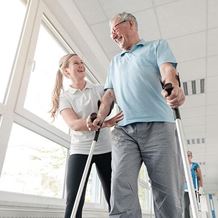
Hip Replacement Surgery – Day of Surgery
A hip replacement is regarded as “The Operation of the Century”.
Read More
Hip Replacement
Total hip replacement, or hip arthroplasty, the natural hip joint is replaced with artificial parts.
Read More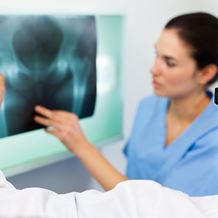
Find a Specialist
Talk to our world-leading orthopaedic specialists about the most suitable treatment options.
Read More